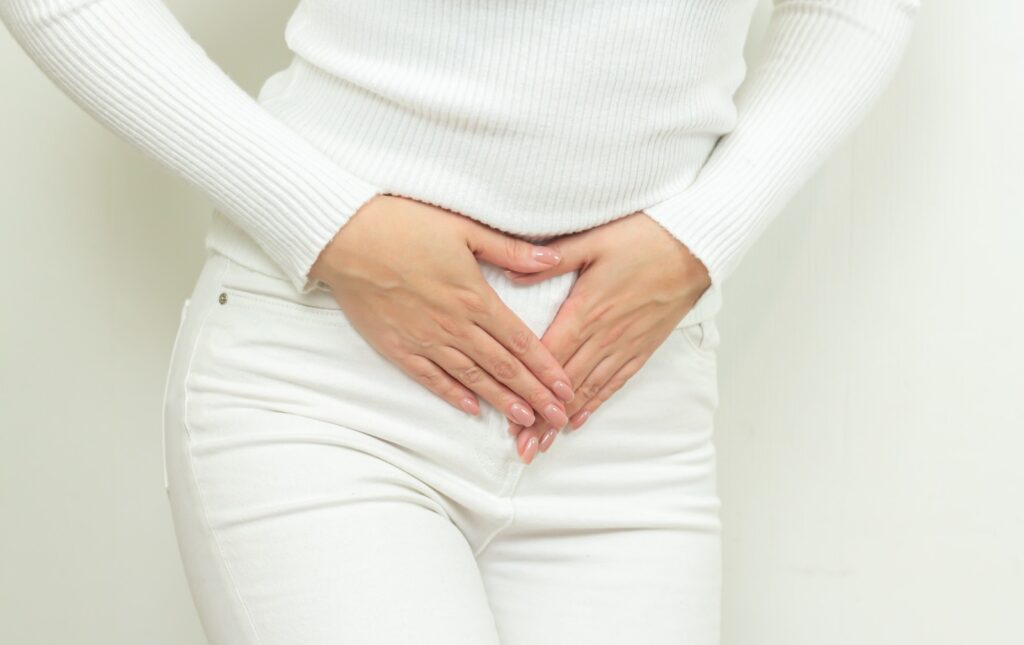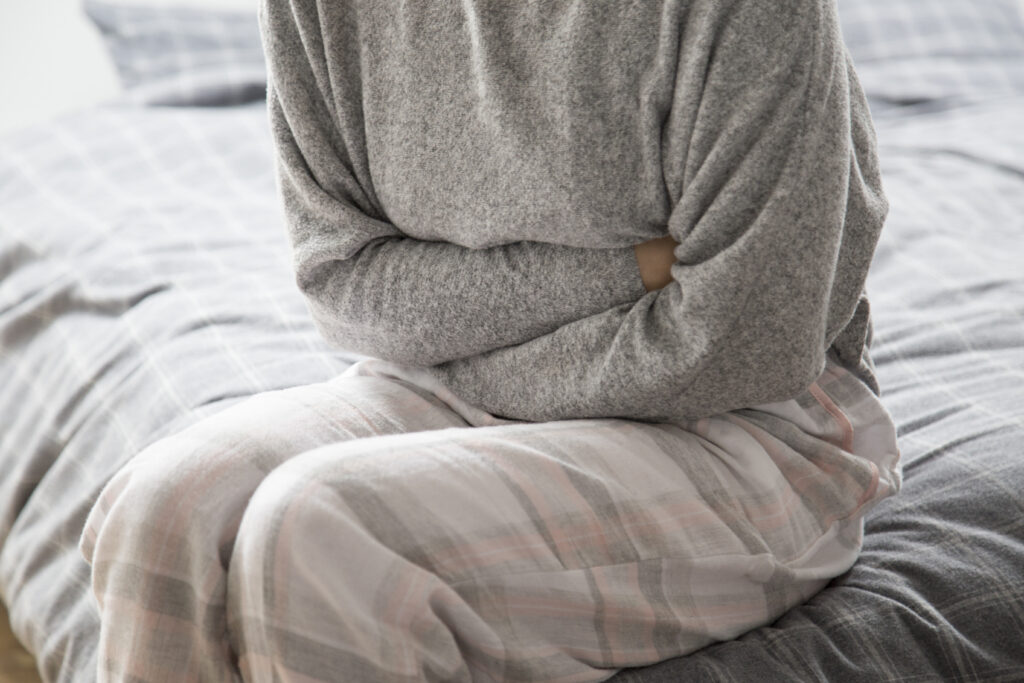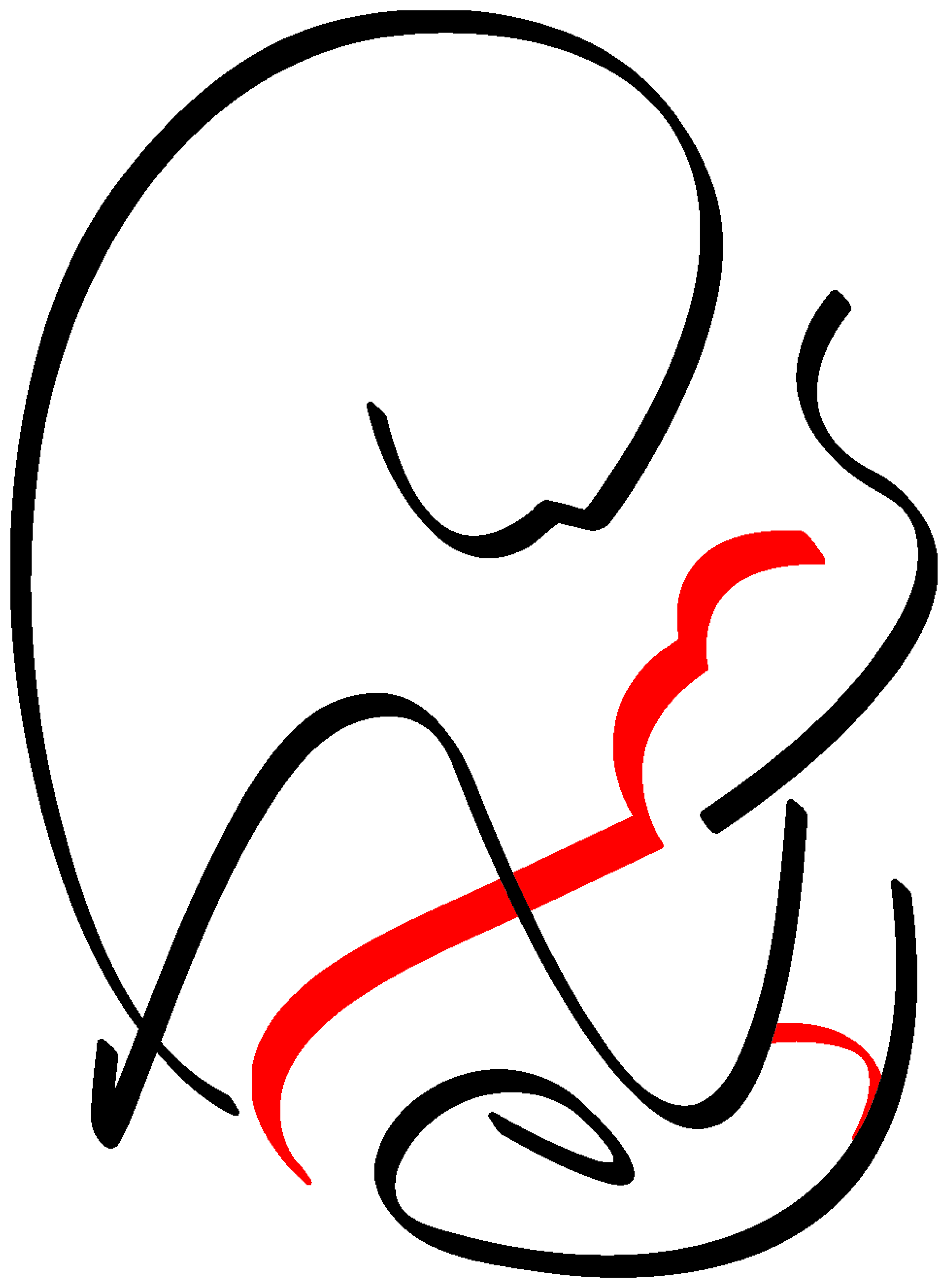Urinary leakage, sometimes referred to as urinary incontinence in the medical field, is a prevalent ailment that touches the lives of millions of individuals all over the globe. The incidence of this problem rises with age. It is vital to recognise that there are effective treatment options available, despite the fact that they may have a substantial influence on the quality of life of an individual. The purpose of this in-depth guide is to provide people with the knowledge necessary to make educated choices about their health and well-being by giving them an understanding of the numerous therapies available for urinary leakage treatment.

What You Need to Know About Urinary Leakage Treatment
When the muscles in the bladder contract without the individual’s consent, this may result in urinary leakage, which is the unintended release of pee. The symptoms of this condition can take a variety of forms, such as stress incontinence, which is characterised by leakage that occurs during physical activities such as coughing or sneezing; urge incontinence, which is characterised by a sudden and intense urge to urinate followed by the involuntary loss of urine; and mixed incontinence, which is a combination of stress and urge incontinence.
Crucial treatment Methods:
Modifications to Lifestyle:
Several behavioural approaches, including bladder training and pelvic floor exercises (also known as Kegel exercises), may help strengthen the muscles that are responsible for bladder control, thereby lowering the number of times that urine leakage in women occurs.
Making changes to one’s diet, such as cutting back on caffeine and alcohol consumption, may help manage urinary urgency and frequency.
Additionally, it is essential to make changes to one’s lifestyle in order to reduce strain on the bladder. These changes include maintaining a healthy weight and preventing constipation.
Pelvic Floor Rehabilitation:
Pelvic floor physical therapy consists of specific exercises that are designed to strengthen the muscles that support the rectum, urethra, and bladder.
When it comes to improving coordination and increasing awareness of the contractions of the pelvic floor muscles, biofeedback therapy is a potential treatment option.

Medication:
In order to ease urine leakage symptoms, medical professionals may prescribe medication to patients, depending on the kind of urinary leakage that is encountered.
The muscles in the bladder may be relaxed with the use of anticholinergic medicines, which also help lessen the urgency associated with urge incontinence.
Oestrogen treatment, especially in women who have gone through menopause, has the potential to enhance the health of the urethral and vaginal tissues, hence improving bladder control.
Pessaries are detachable devices that are put into the vagina to support the bladder and minimise stress incontinence. Pessaries are included as the fourth category of medical devices.
Inserts or plugs that are placed in the urethra provide support for the urethra, which helps to avoid leaks that may occur during strenuous activity.
A few examples of minimally invasive procedures include the following:
Injectable bulking agents are chemicals that are injected into the tissues surrounding the urethra in order to reinforce and bulk up the urethral sphincter, thereby minimising leakage.
Sacral neuromodulation is a technique that includes implanting a device close to the sacral nerves in order to enhance urine control and alter the function of the bladder.
In severe instances of urine leakage in women that are not responsive to conservative therapy, surgical interventions may be explored as a potential course of action.
For the purpose of managing stress incontinence, surgical procedures such as sling surgery are used to offer support to the urethra and the bladder neck.
Augmentation cystoplasty is a procedure that extends the capacity of the bladder, which in certain instances reduces the frequency and urgency of urination.
Conclusion:

Many urinary leakage treatment options may be personalised to each patient’s needs. Lifestyle adjustments, pelvic floor therapy, drugs, medical devices, and surgery may control urinary incontinence. Medical professionals can provide a tailored evaluation and therapy for urine leakage. These therapy methods may help patients regain bladder control and improve their quality of life.
There is no general urine leakage treatment. Be patient and consult with healthcare professionals to find the best approach. With proper therapy, patients may control pee incontinence with confidence and dignity, restoring independence and well-being.

